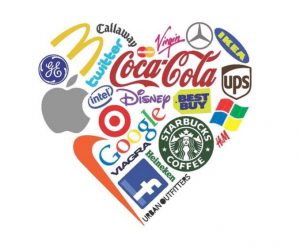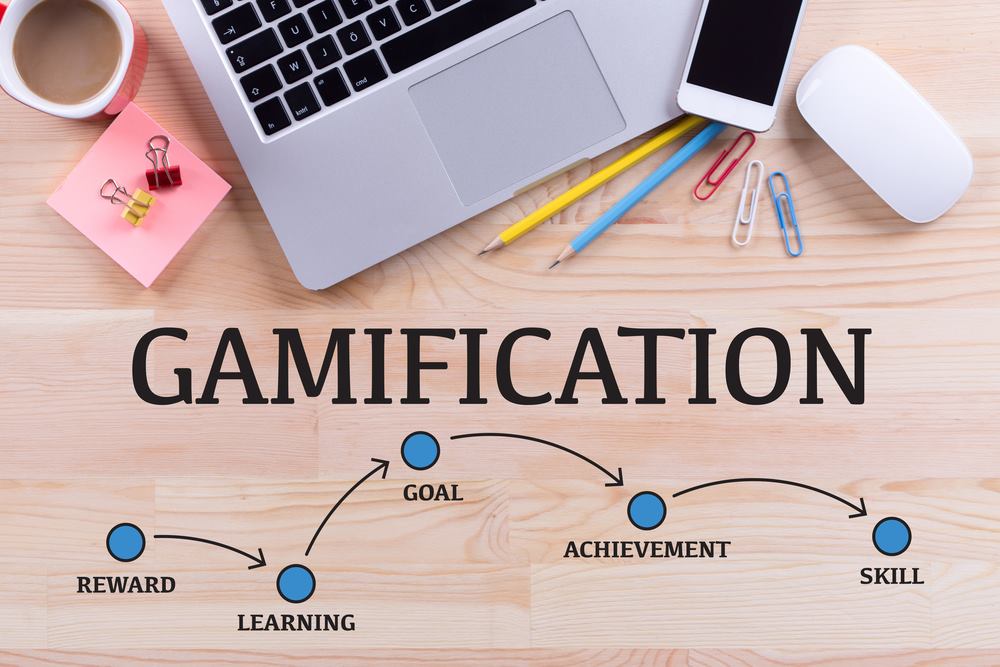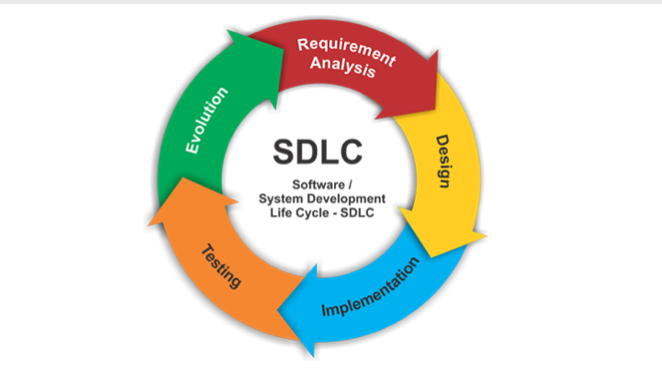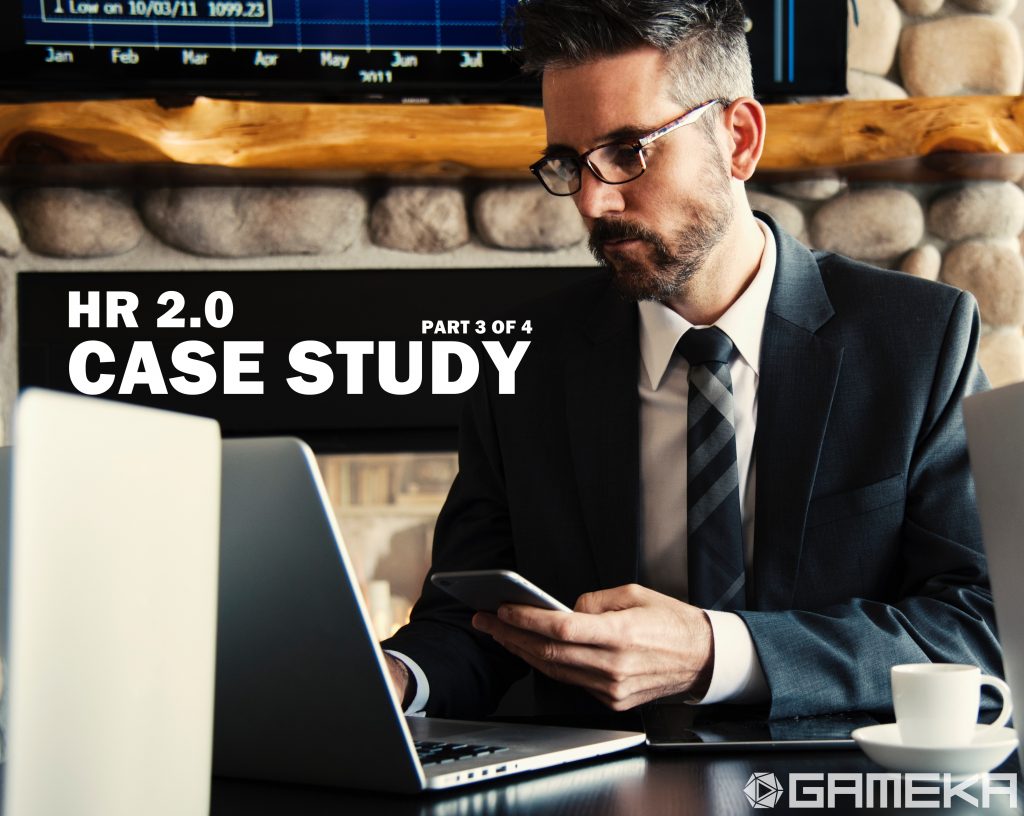Brand loyalty, that’s why!
Gamification Facts
Marketers are always on the lookout for new ways to gain an innovative edge in an increasingly competitive environment. In fact, more and more brands are adopting gamification as a tool to boost consumer engagement and create brand loyalty.
Here are four facts on gamification:
- The gamification market is estimated to be worth about $2.8 BN over the next 2 years
- Eighty-seven percent of North American retailers are planning to use gamification to engage customers in the next five years.
- Seventy percent of the top 2000 companies are using it right now
- A survey by Pew Research Center showed that 53% of people surveyed believe that the use of gamification will be widespread by year 2020
“Education should learn from the positive side of gaming – reward, accomplishment, and fun.”
– Sebastian Thrun, CEO of Kitty Hawk Corporation
How to increase customer loyalty via Gamification
Encourage Participation
Gamification is effective in ensuring consumer participation in programs. This is because it incentivises consumers to perform certain actions by appealing to their competitive nature. In general, for gamification to be effective, brands must make participating a seamless part of the user experience. Because they will be more likely to participate if they have fun doing it. Gamification can be used to introduce existing consumers to new versions of a product, to demonstrate features, or when customers are renewing their existing subscriptions.
Give Opportunity to Level-Up
Whether you’re moving on to a new world or upgrading your character’s abilities, hardcore gamers, and human beings in general has an insatiable urge to do better than they did before.
The finance industry is the best place to see the leveling system in place in the real world. A gold or platinum debit card means you are VIP because you’ve leveled up. In other words, you’ve spent enough money or earned a certain amount of points to earn the next level of a new credit card.
Reward fast & often
Social networks often use this tactic: Favstar entices Twitter users with virtual “Tweet of the Day” trophies that users have to pay to give out. Instagram and Facebook have “likes” for consumers, and advertisers can see the rewards of their paid efforts through real-time data analytics.
Drive specific consumer behavior
By creating the right incentive scheme and publicizing it appropriately. Marketer can encourage a specific behavior from targeted consumers. This can be done by rewarding a specified action that aligns with business objective. Example of such activity is loyalty card from Starbucks. Where every purchase is given a “stamp” and at specified amount entitles the buyer a free drink. This encourages the consumer to make purchase from the shop more frequently in order to collect enough stamps for the free drinks.
This allows them to closely track ROI based on these specific behaviors and user activity. Thus, gamification is very effective at driving specific forms of consumer behavior desired by marketers, be it filling out registration forms, taking surveys, influencing word of mouth publicity or creating referrals.
To put it differently, the opportunities for gamification are everywhere, and everyone is a gamer, this is part of human nature. By applying these tactics, marketers can encourage certain action and behavior that will keep the customers paying and engaged.
All said and done, do you have an idea for mobile app development? Or are in need of consultation on gamification? Feel free to visit our homepage or contact us via email welcome@gameka.my for more information.





About The Author: Ricco
A detailed oriented Bachelor of Management student. Good in research, Information Gathering, and Information Cross Check.
More posts by Ricco